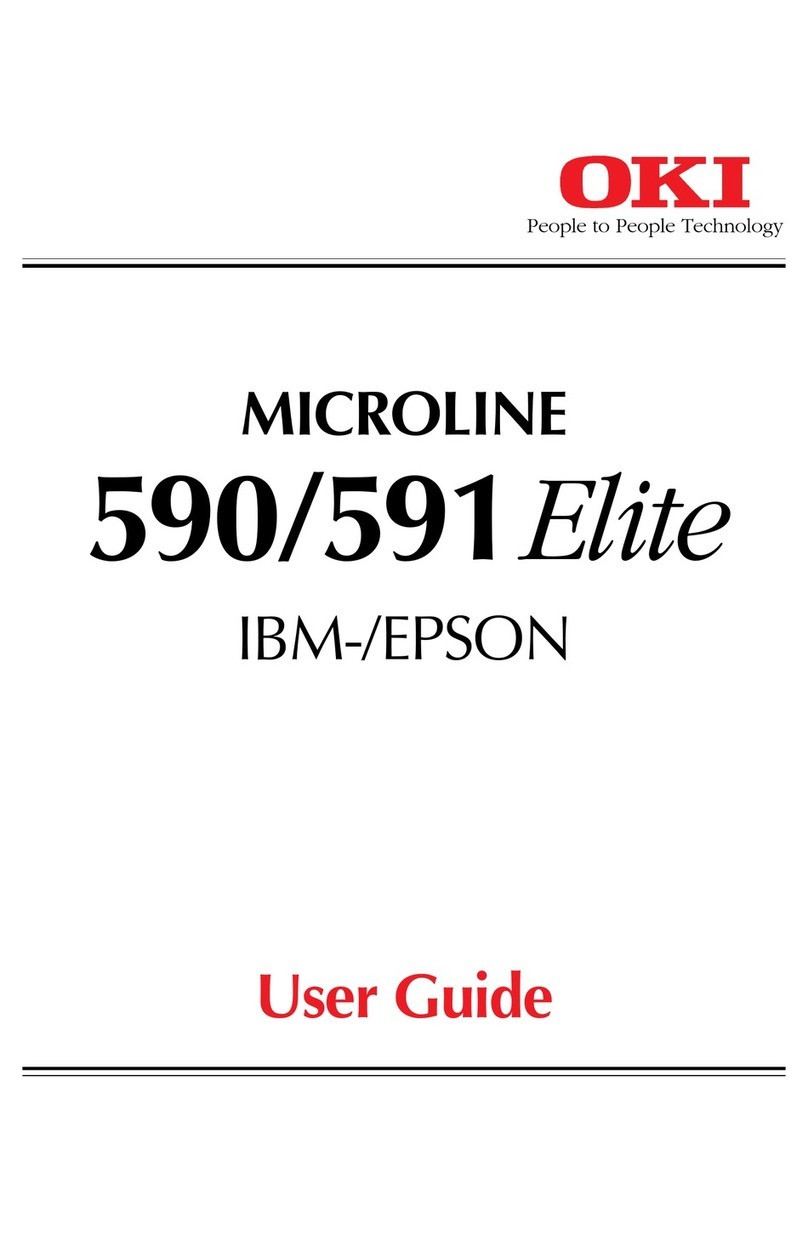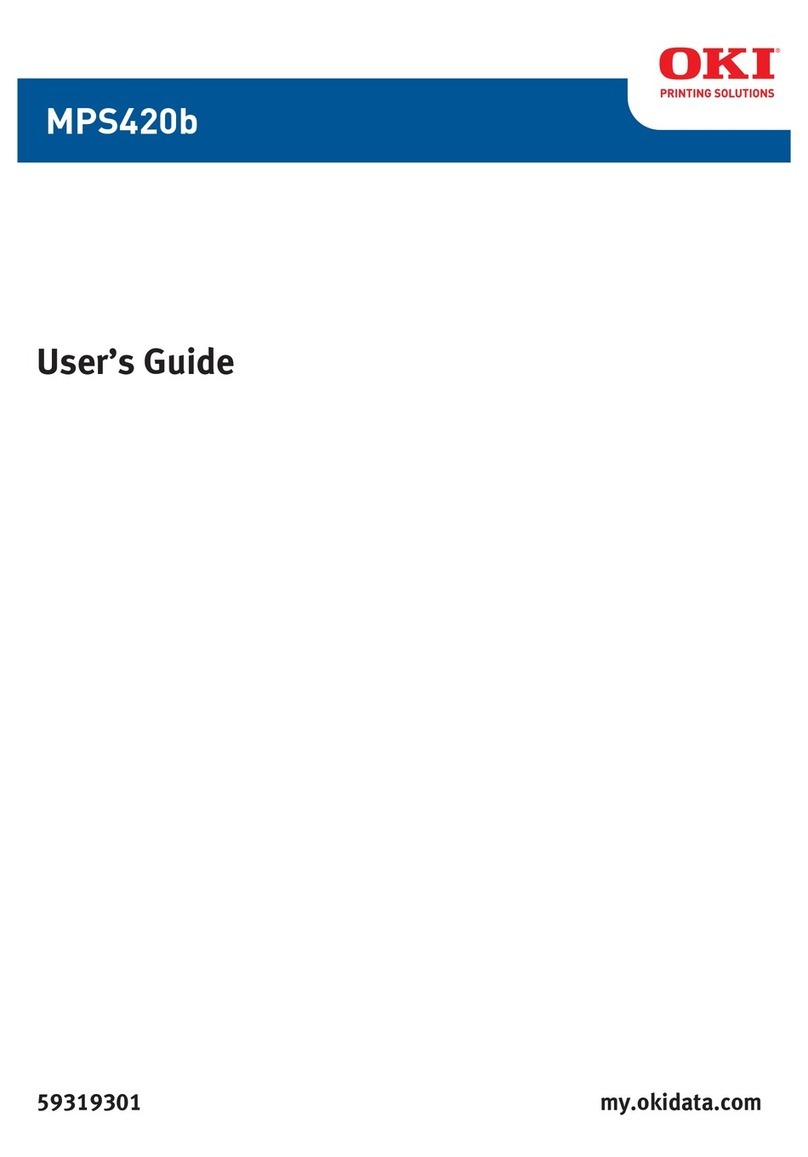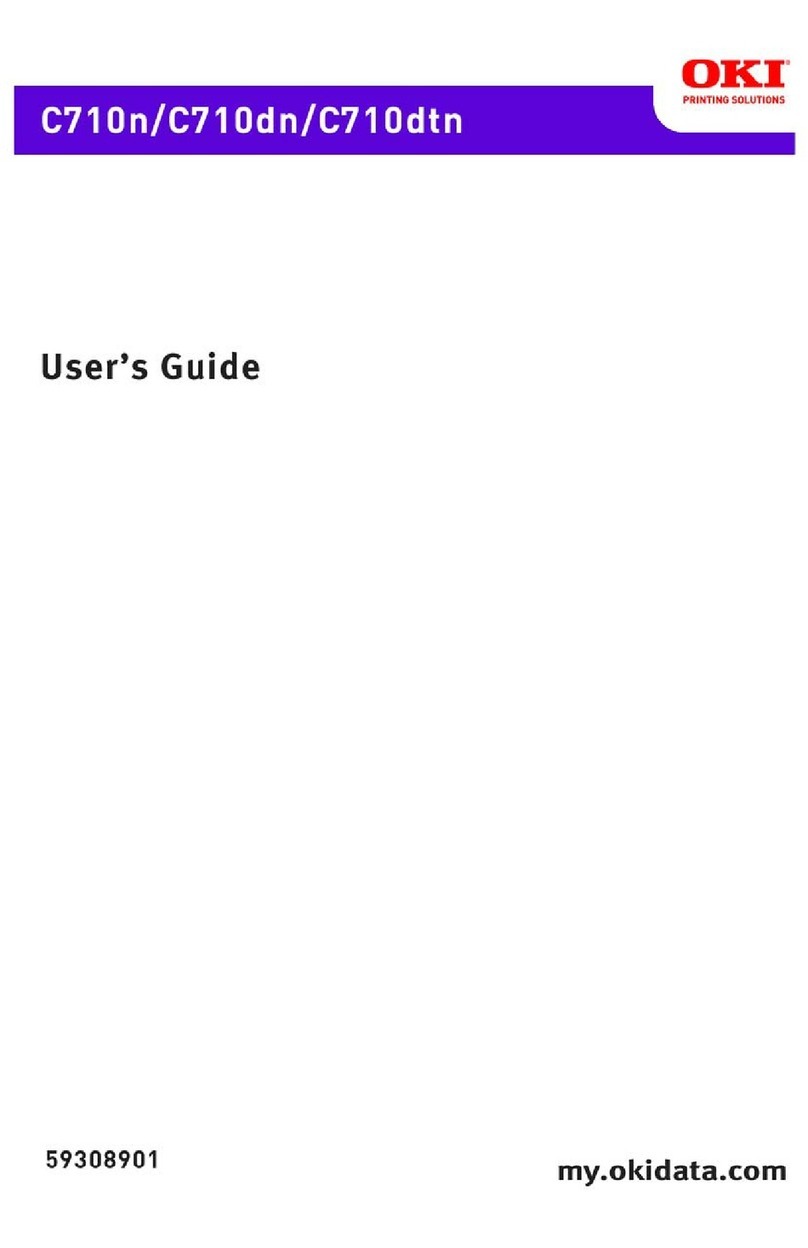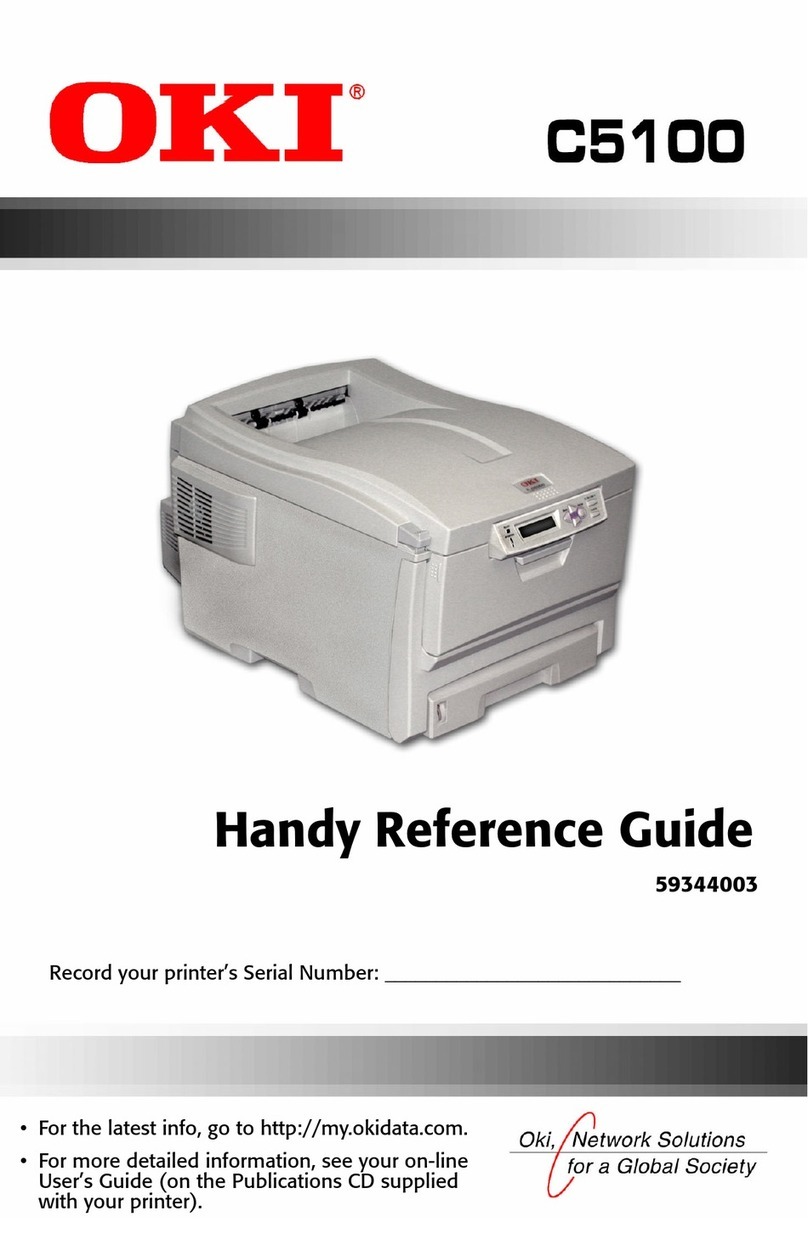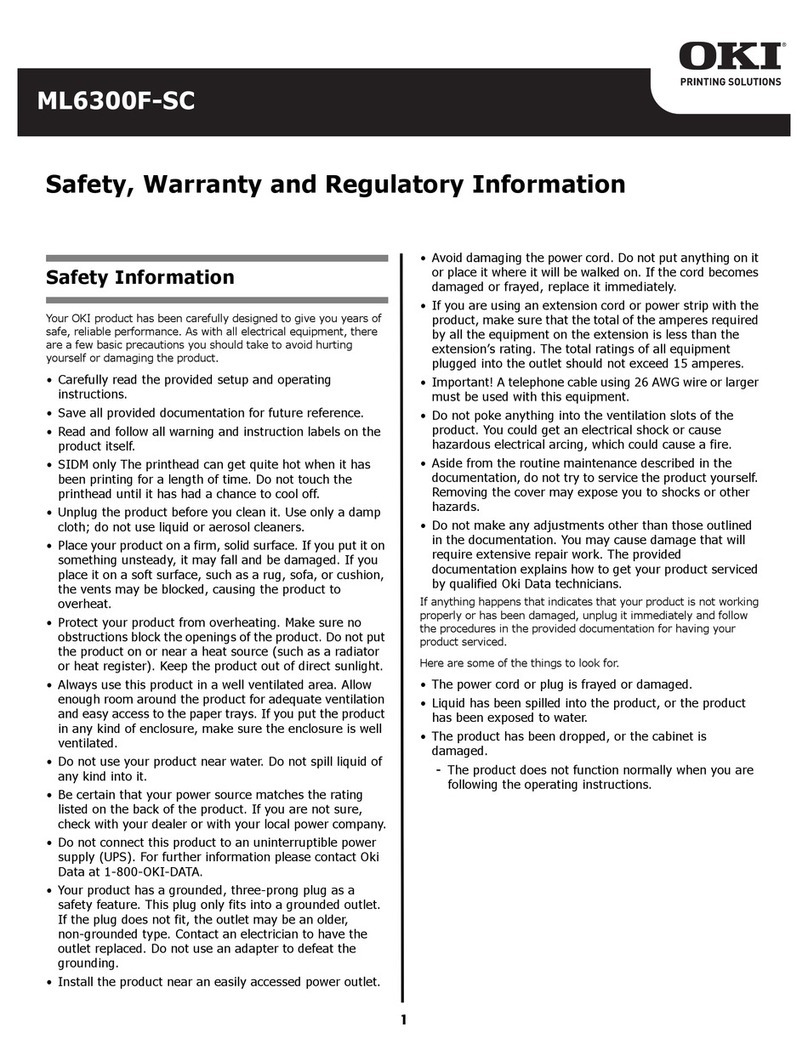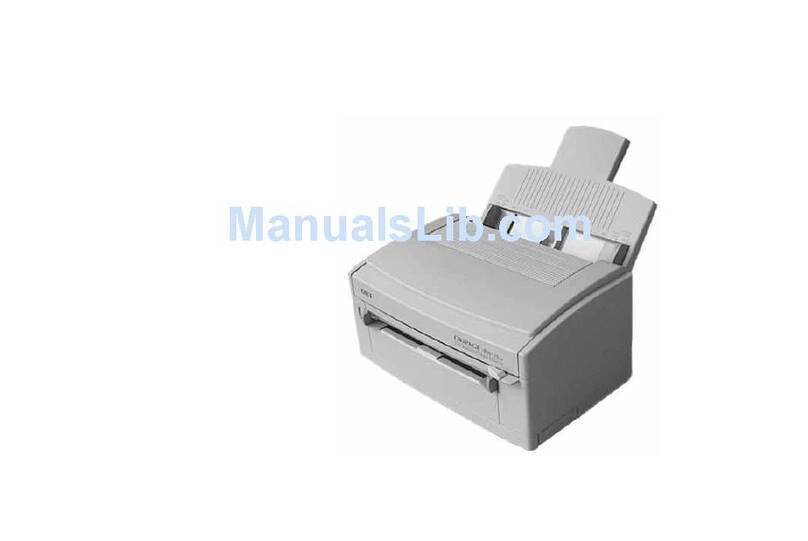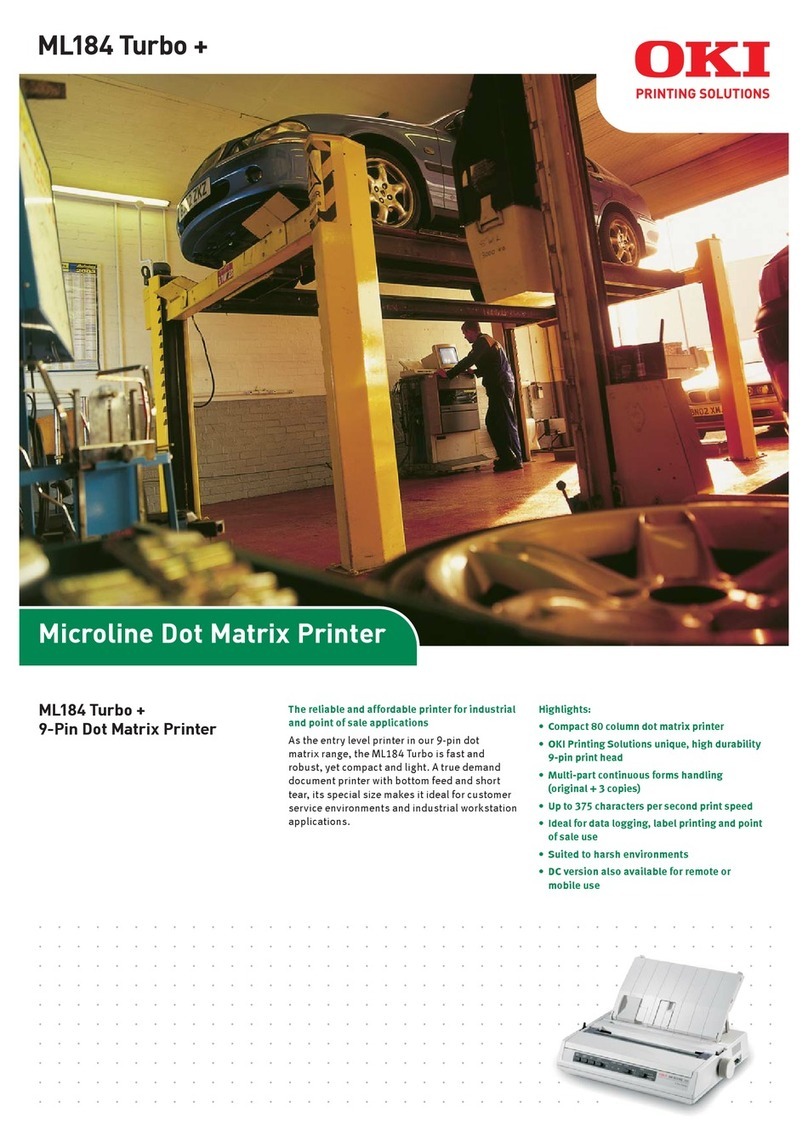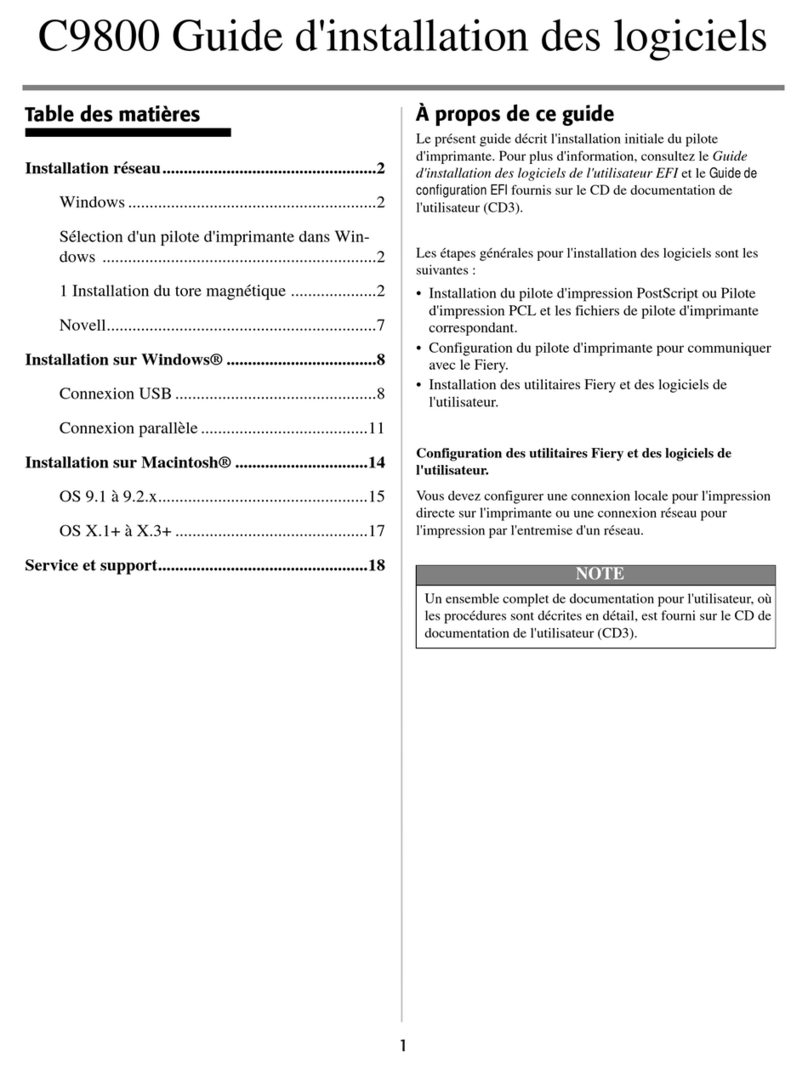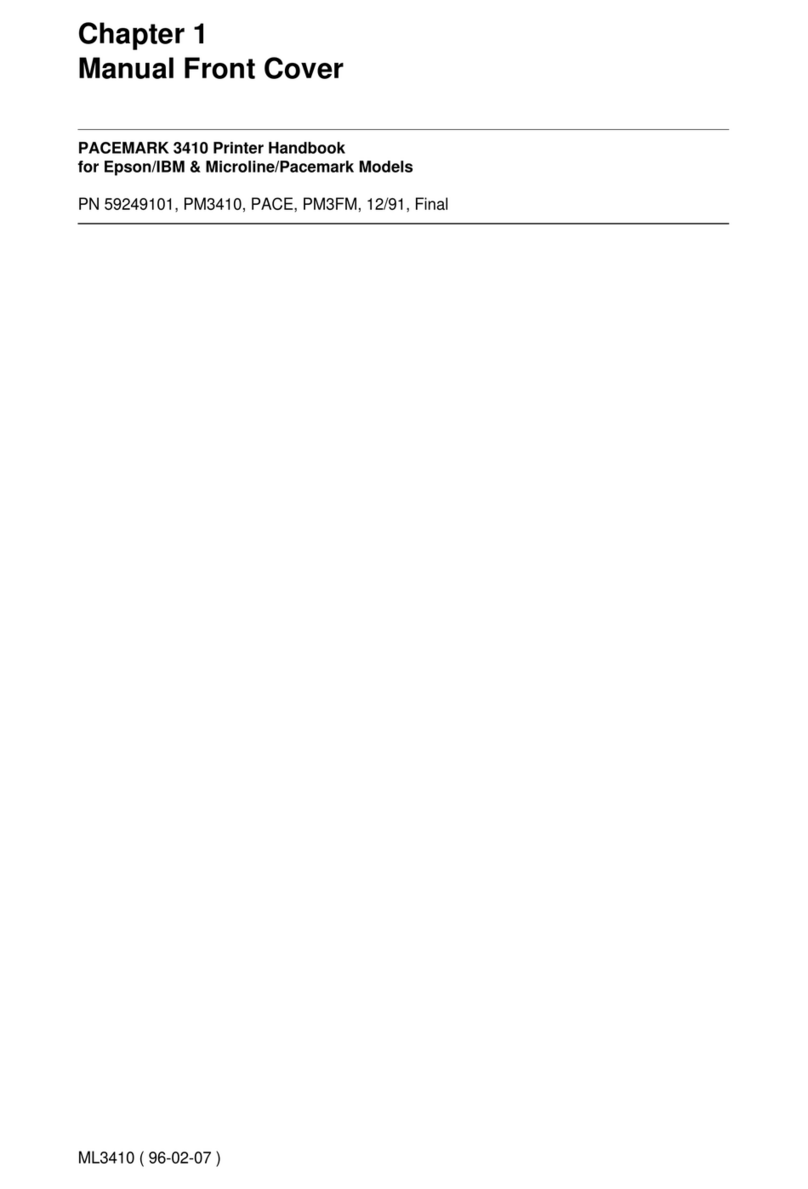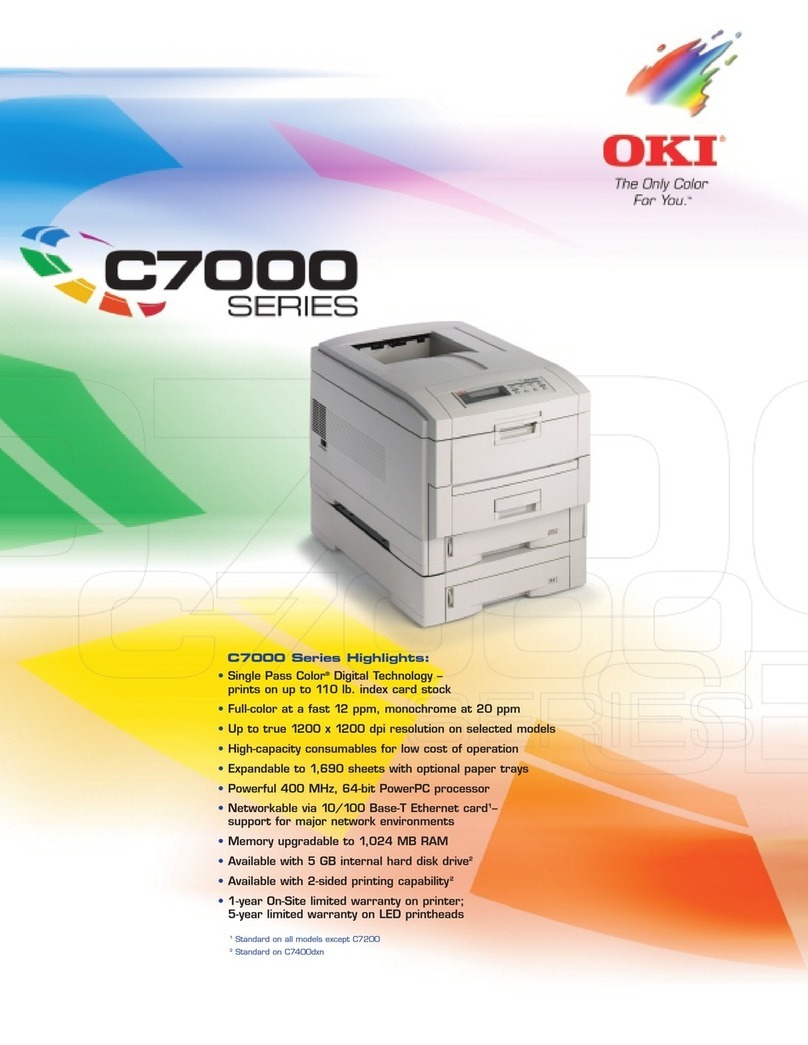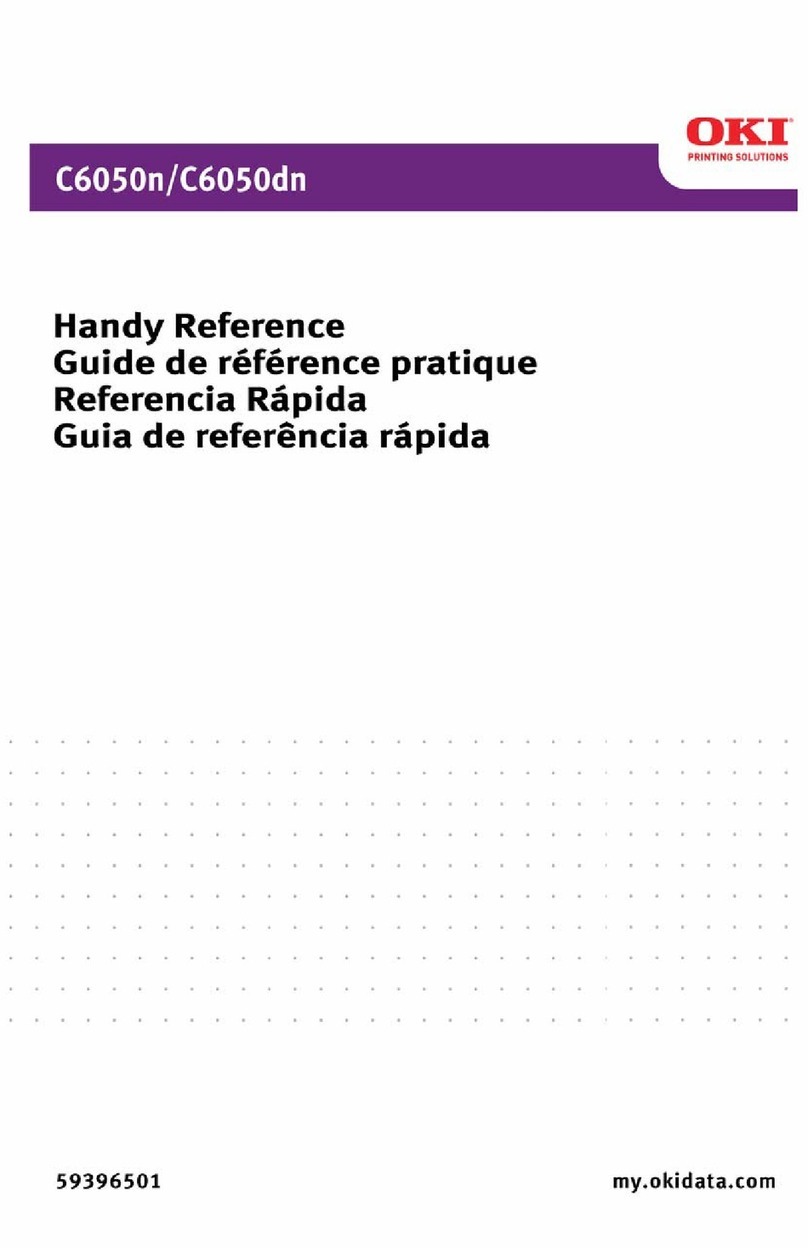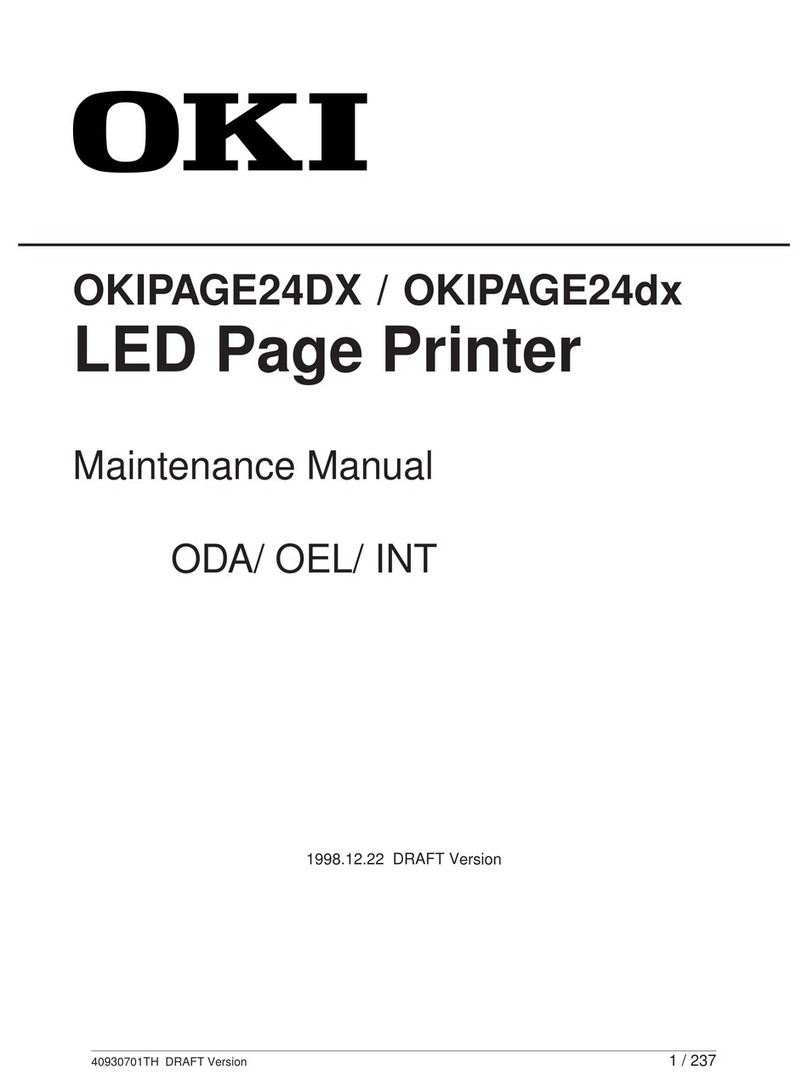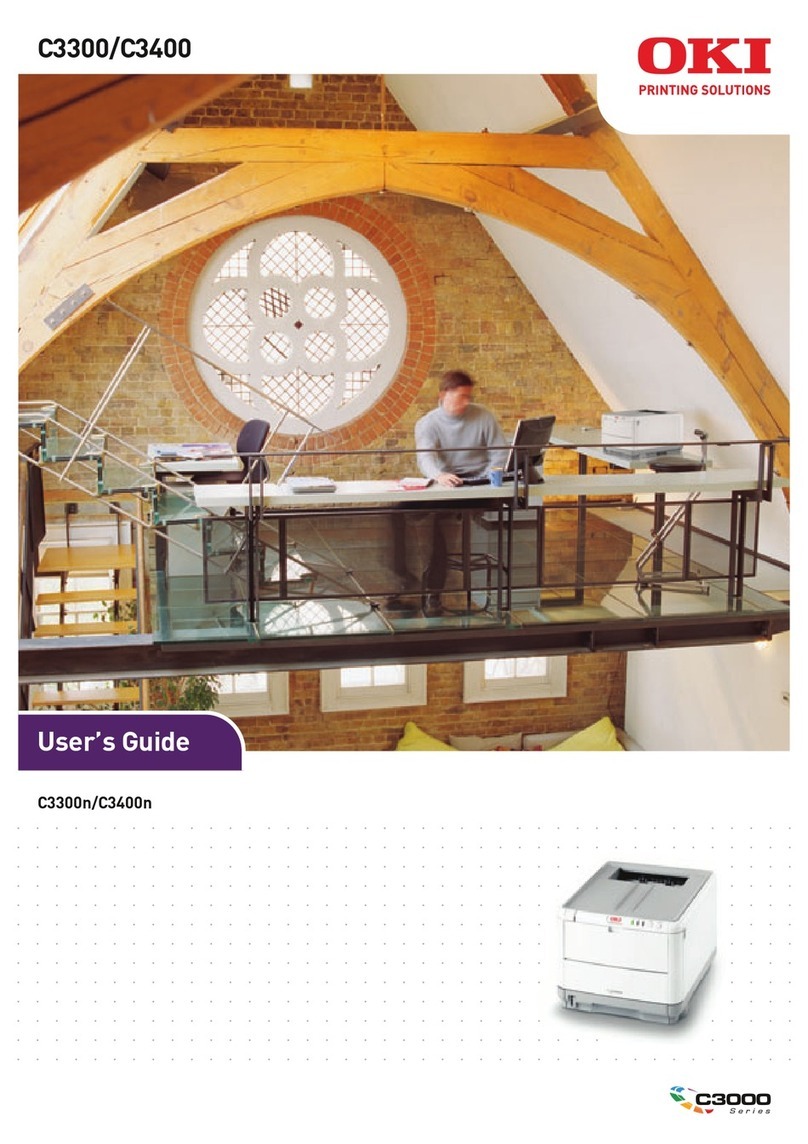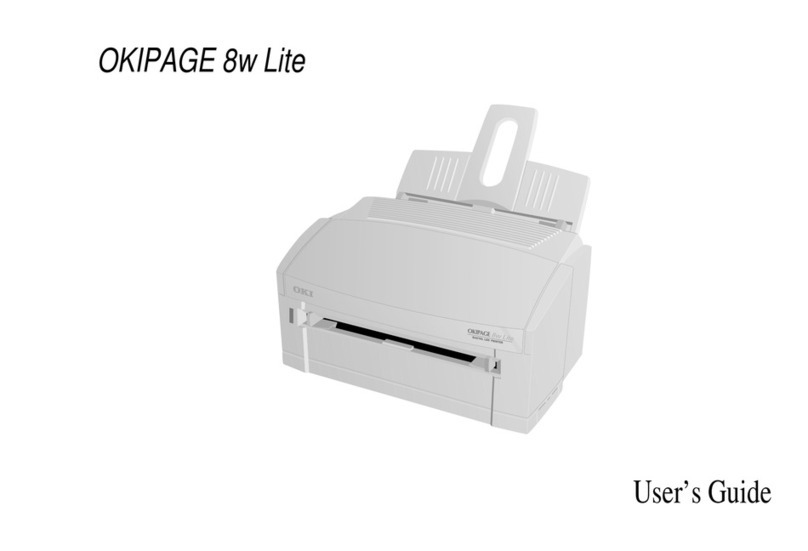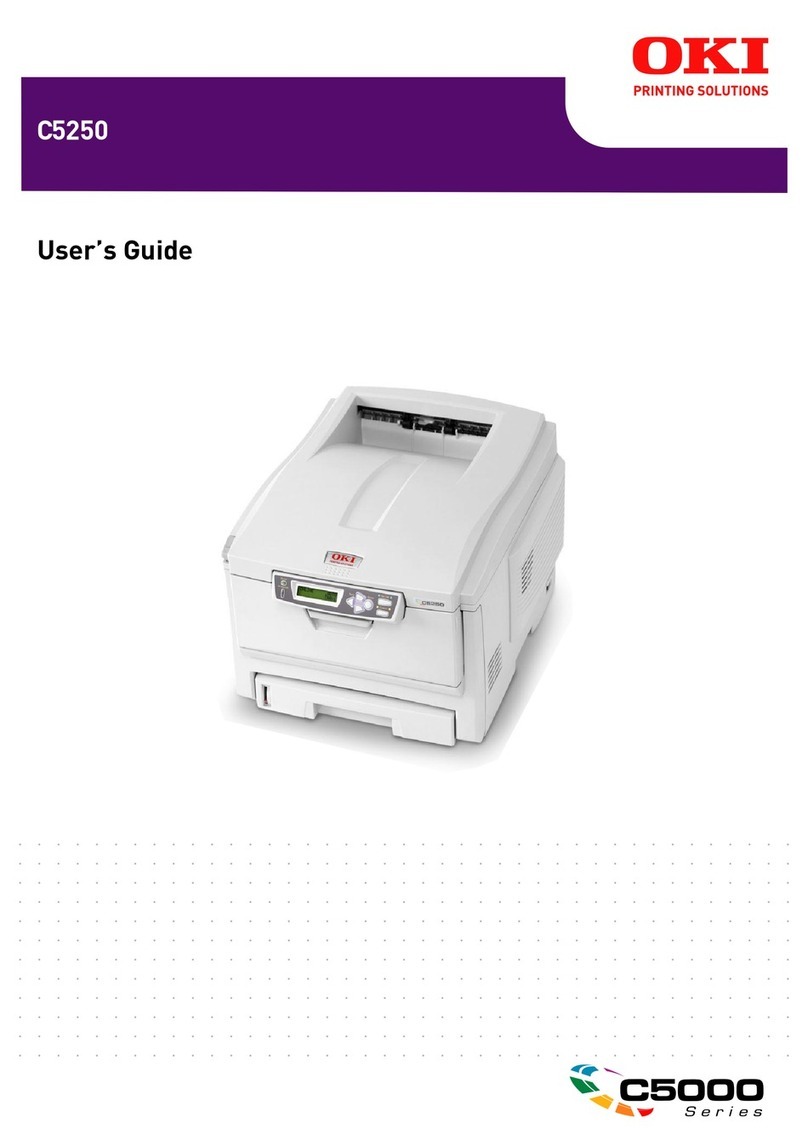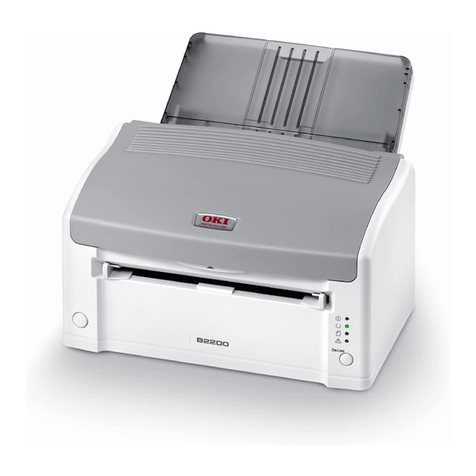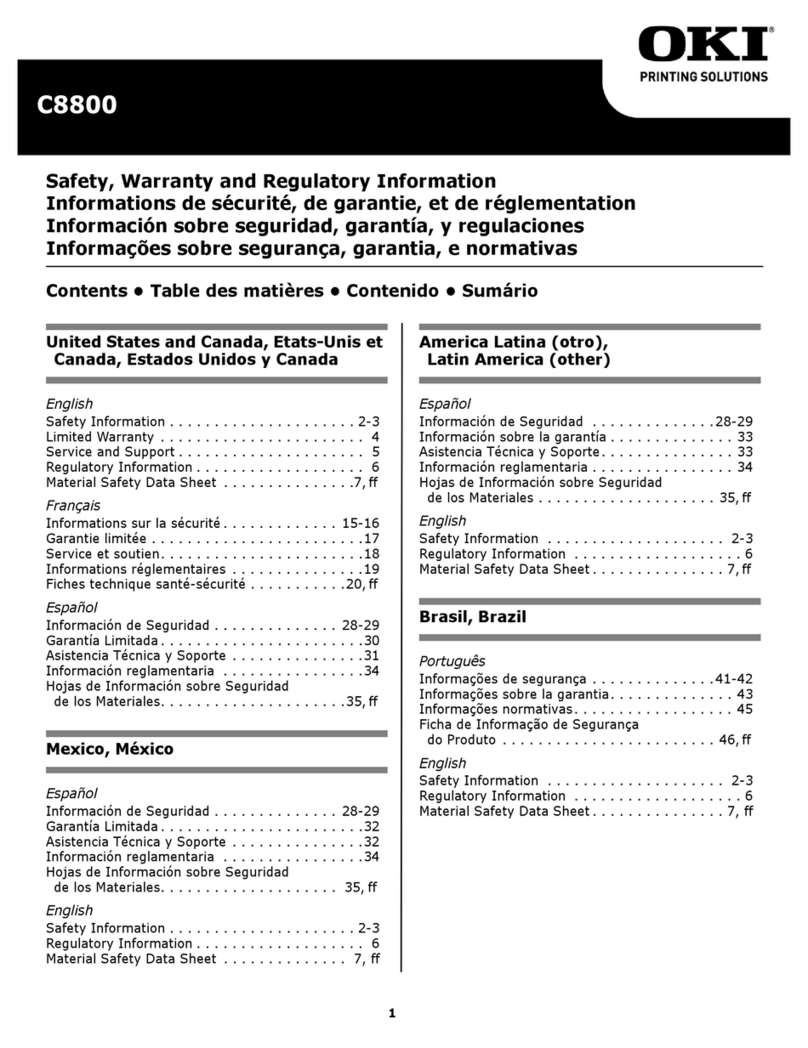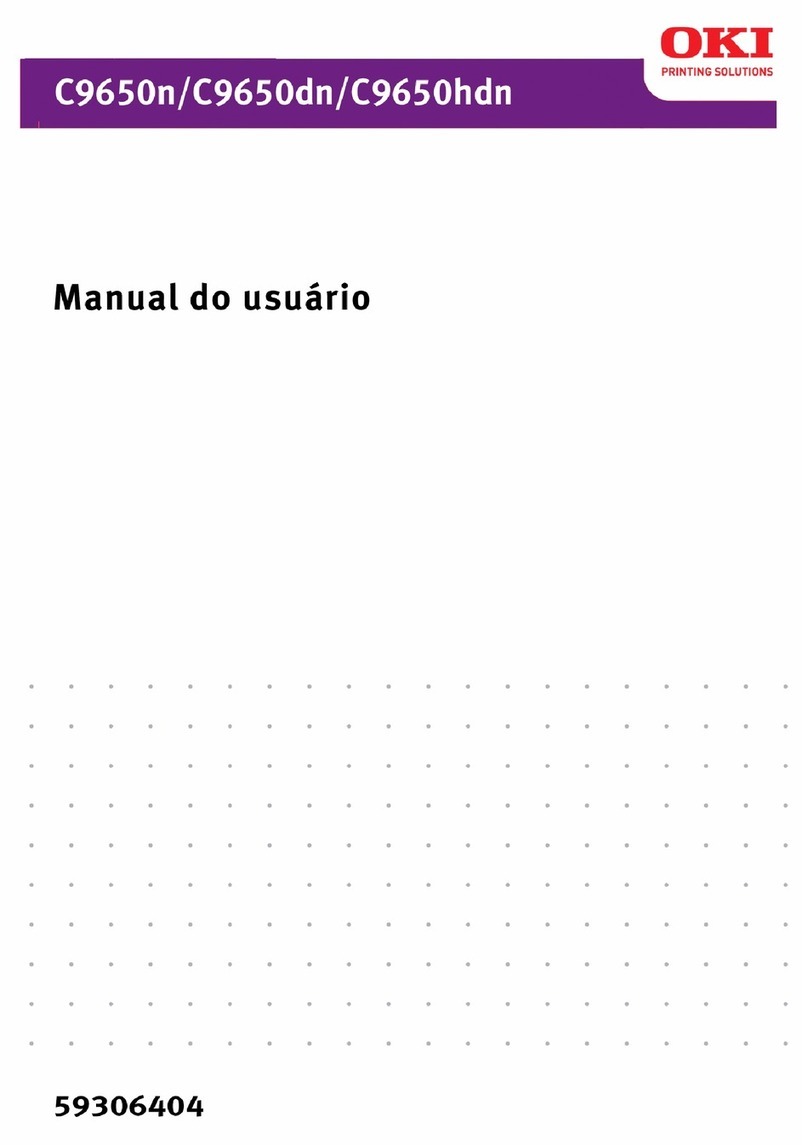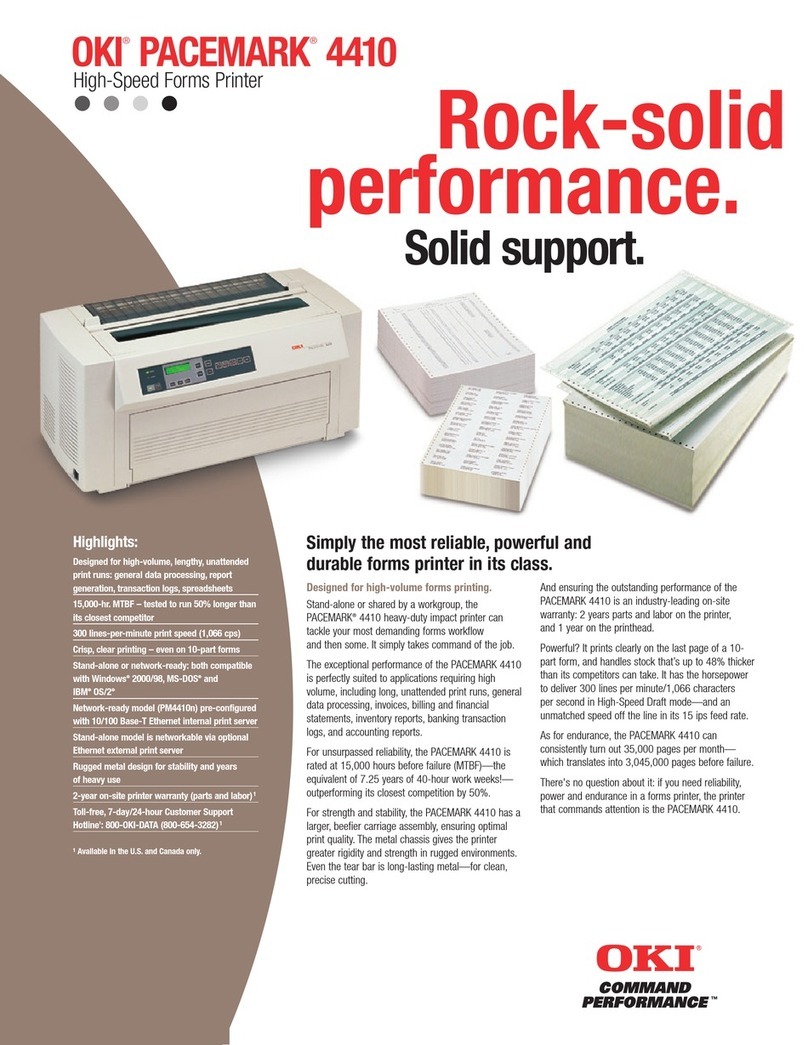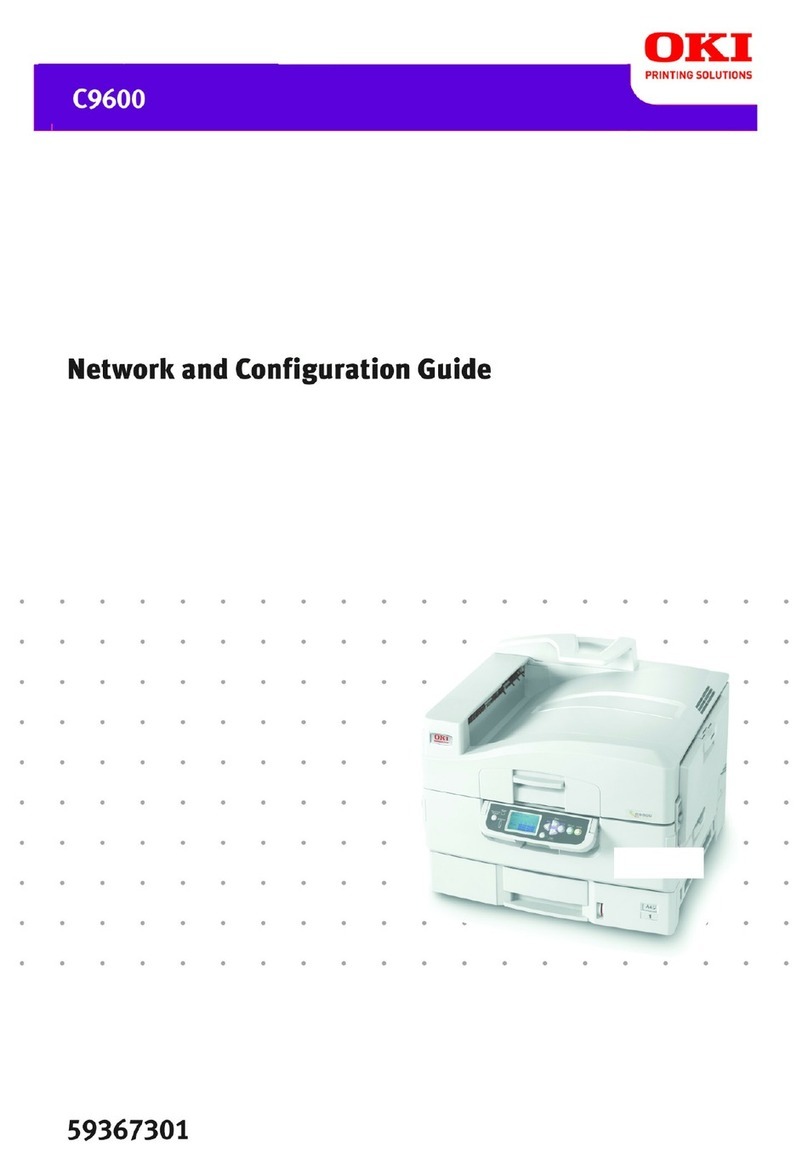41316401TH Rev.4 5 /
3.3.20 Color Registration Sensor Assy........................................................................ 70
3.3.21 Duplex Guide Assy........................................................................................... 71
3.3.22 Electrical Chassis Cooling Fan......................................................................... 72
3.3.23 Printer Engine Controller PWB......................................................................... 73
3.3.24 Printer Unit Chassis.......................................................................................... 74
3.3.25 Entrance Cassette Sensor Actuator ................................................................. 75
3.3.26 Entrance Sensor PWB...................................................................................... 76
3.3.27 Entrance MT Sensor Actuator and Entrance Belt Sensor Actuator.................. 77
3.3.28 Fuser Exit Roller ............................................................................................... 78
3.3.29 Exit Sensor Assy .............................................................................................. 79
3.3.30 Fuser Latching Handle (L)................................................................................ 80
3.3.31 Belt Motor Assy ................................................................................................ 81
3.3.32 Fuser Latching Handle (R) ............................................................................... 82
3.3.33 Main Motor Assy............................................................................................... 83
3.3.34 Main Feeder Drive Motor.................................................................................. 84
3.3.35 Contact Assy/ Left Plate Assy .......................................................................... 85
3.3.36 Low Voltage Power Supply............................................................................... 86
3.3.37 High voltage power supply ............................................................................... 87
3.3.38 Main Feed Assy................................................................................................ 88
3.3.39 Cassette/ Left Guide Assy................................................................................ 89
3.3.40 Cassette/ Right Guide Assy.............................................................................. 90
3.3.41 Fuser Unit ......................................................................................................... 91
3.3.42 Belt Unit ............................................................................................................ 92
3.3.43 Duplex Unit ....................................................................................................... 93
3.3.44 Guide Rails (L) and (R)..................................................................................... 94
3.3.45 Duplex Transport Assembly ............................................................................. 95
3.3.46 CU Assy............................................................................................................ 97
4. ADJUSTMENTS .............................................................................................99
4.1 Maintenance Modes and Their Functions...................................................................... 99
4.1.1 Maintenance menu........................................................................................... 99
4.1.2 Engine maintenance mode............................................................................. 100
4.1.2.1 Operator panel................................................................................... 100
4.1.2.2 General self-diagnosis mode (level 1)............................................. 100
4.1.2.2.1 Entering self-diagnosis mode (level 1) ............................ 100
4.1.2.2.2 Exiting self-diagnosis mode ............................................ 100
4.1.2.3 Switch scan test................................................................................. 101
4.1.2.4 Motor and clutch test ......................................................................... 104
4.1.2.5 Test printing .................................................................................... 106
4.1.2.6 NVM initialization............................................................................ 110
4.1.2.7 Consumable counter display........................................................... 111
4.1.2.8 Consumable counter display - continuous ...................................... 111
4.1.2.9 Error Messages and their Details.................................................... 112
4.1.3 CRM board adjustments................................................................................. 116
4.1.3.1 Short plug settings .......................................................................... 117
4.1.3.2 Printings singly using controller-equipped printer ........................... 117
4.2 Adjustments after Parts Replacement ......................................................................... 118
4.2.1 Precautions in replacing engine controller board ........................................... 118
4.2.2 Precautions in replacing EEPROM................................................................. 118
4.2.3 EEPROM replacement after CRM board replacement................................... 119
4.3 Color Balance Adjustment ........................................................................................... 120
5. PERIODIC MAINTENANCE ......................................................................... 122
5.1 Parts Replaced Periodically ......................................................................................... 122
5.2 Cleaning....................................................................................................................... 122
5.3 Cleaning LED Lens Array ............................................................................................ 122
5.4 Cleaning Pickup Roller................................................................................................. 122

